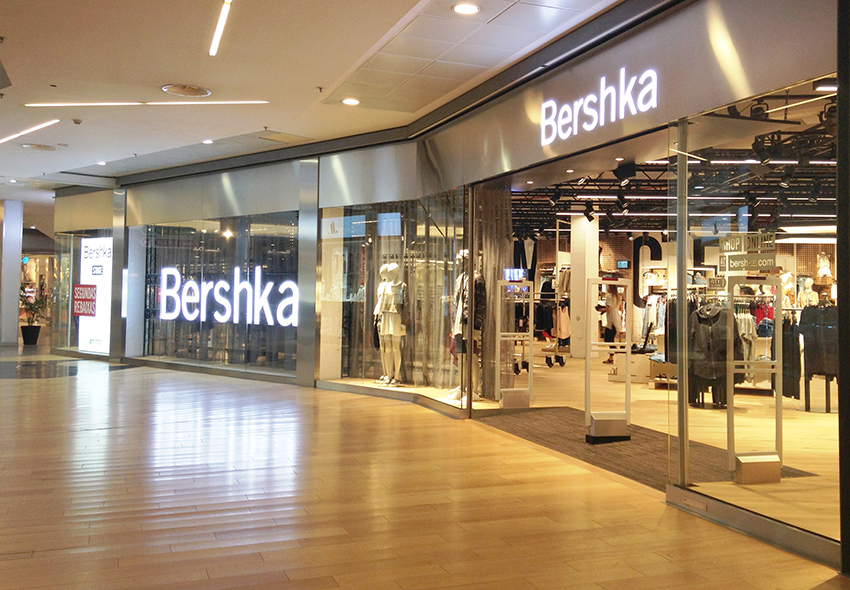

The gender offering is still dominated by women’s clothing as is the case with the whole fashion market, but menswear has been slowly picking up the pace. ⠀Īt Inditex Group, four brands offer menswear. However, recently the trend is changing menswear has been growing and outpacing its opposite gender. Historically, menswear has always accounted for a smaller share of business compared to ladies-wear.
B er sh ka pdf#
Wondering about the assortment mix of all Inditex group’s brands: download the full pdf report here. It can be seen in the share of collabs for Bershka, which is almost three times higher than Zara‘s. It is considered a youngster category and, therefore represents 19% of the assortment, which is almost double to Zara’s at 10%.Īlso, Collabs are trendy right now and appeal more to younger target groups. On the other hand, Bershka t-shirt category holds a much higher share of assortment. Sweaters and T-shirts which usually target youngsters have a lesser share of the assortment mix at Zara. Shoes are also well represented, with 6.9% of the assortment mix. These products sell better with adult women rather than teenagers. Together, they account for almost 30% of the collection. The targeted customer of each brand becomes apparent when we take a look at the product mix below.Īt Zara, two categories are highly represented: Shirts&Blouses and Dresses. Therefore, it requires a distinct product mix. Bershka, aims to inspire its younger audience. The second-largest revenue contributor of Inditex, i.e. The offering is broad and targets not only women and men aged 20 to 45 but also children.īershka, on the other hand, is all about seducing cool and stylish teenagers, to whom collabs hold high importance. The brand style is trendy and urban, at relatively low prices. Since 1974, the year Zara was founded, the brand has been able to keep up with rapidly changing trends. ⠀ CATEGORY MIX: DOES IT REVEAL THE TARGETING STRATEGY OF THE INDITEX BRANDS? The specificity of the brand is that each of them has its positioning strategy and caters to different cultures and age groups. Analysts expected the Spanish Group to have a 12% year-to-year growth, but decisions have been taken by the group to write off €300million of inventory to help to cope with the pandemic and to reduce its impact on the stocks.Īmancio Ortega, the owner of the Inditex group, has created an empire based on eight large brands.

Even during this period of uncertainty, Inditex managed to stay profitable despite the coronavirus blow, reporting a full-year profit at €3.64bn, which means a year-to-year growth of 6%. A multi-brand strategy that allows the world’s biggest fashion retailer to target everyone. By owning its supply chain, the Spanish giant has gained greater flexibility always to deliver the latest trends, embodying the idea of “fast fashion”.īut what else makes Zara’s owner so unique? It can serve each segment of the market and create the right appeal for each customer group. The global leader has managed to earn its place by adapting its strategy to the ever-changing shopping habits of its customers. Inditex is one of the largest fashion retailers in the world today, owning the most beloved brands of all fashionistas. Sportswear: which brand has the assortment within the Inditex group?.Time-to-market: The Secret of Zara’s Success.Is Zara cheaper in Spain compared with other countries?.Price positioning: where does Zara stand compared with its sister brands?.Category mix: Does it reveal the targeting strategy of the Inditex brands?.


 0 kommentar(er)
0 kommentar(er)
